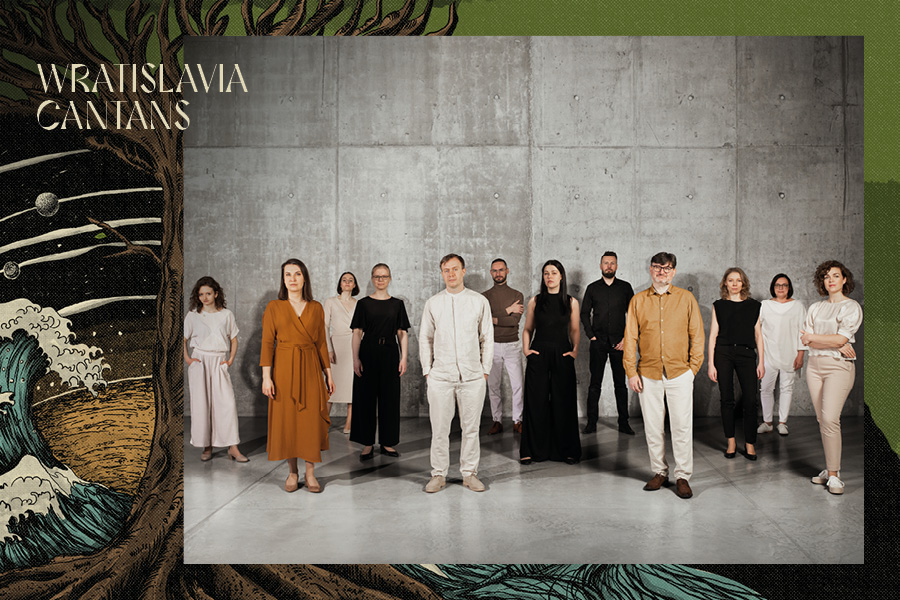Georg Philipp Teleman is not as recognizable a Baroque composer as Johann Sebastian Bach or Antonio Vivaldi. He left an extensive oeuvre, though, including works of outstanding artistic quality. Some of them will be presented at the Wratislavia Cantans festival by excellent performers – the Arte dei Suonatori ensemble and soloists. The leitmotif of the concert is time, represented by a series of four short cantatas entitled Die Tageszeiten. However, they are not about human, linear time, but nature’s time – cyclical, representing the eternity and divinity of nature in comparison with human finitude.
Die Tageszeiten was performed for the first time in 1757 in Hamburg. In this work, the composer used the poetry of Justus Friedrich Wilhelm Zachariae. The piece is structured in an intriguing way. The first cantata, Der Morgen, opens with an orchestral introduction, Sinfonia, and then each time of the day has an analogous structure: the first aria describes the feelings associated with a given time, in the recitative the soloist presents a specific natural phenomenon, the second aria serves to affirm the creator responsible for the experienced beauty, and each the cantatas is crowned with a short hymn of praise sung by the choir. The times of the day are represented by various solo voices and accompanying instruments. In the Morning we will hear a soprano and a trumpet, in the Noon an alto and a viola da gamba, in the Evening a tenor and two flutes, and in the Night a bass, two oboes and a bassoon. The solo instruments used in the work also appear in excerpts from other compositions.
In the first part of the concert, the lyrical Adagio from the Concerto in D major for trumpet will be performed, as well as fragments of two pieces in which the viola da gamba is key to the musical narrative. These will be the dynamic Vivace from the Second Fantasy in D major, intended for this solo instrument, and the dignified Sarabande, which is the third movement of the D major Suite. The second part of the concert will consist of the four-movement Concerto in A minor for two flutes, bassoon and strings, as well as two movements from the Sonata in F minor for bassoon - the thoughtful Triste and the joyful Allegro.

